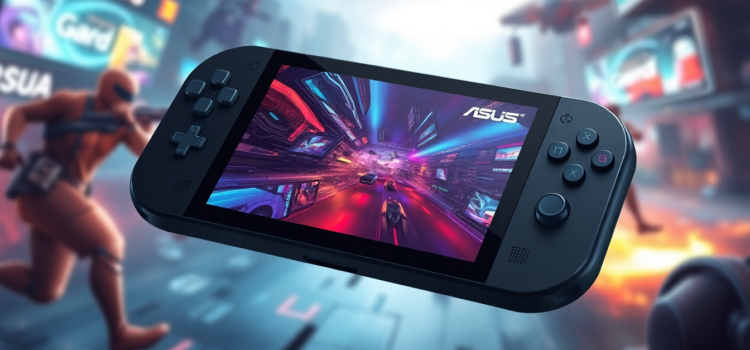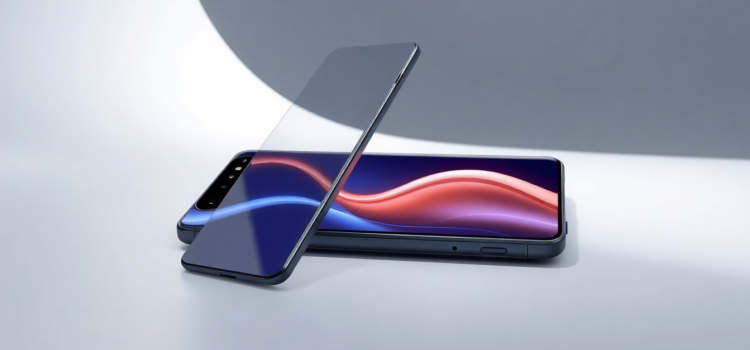
Onboarding Delays Slash Software Contractor Efficiency by 35%, Severely Impact Project Timelines
Imagine launching a highly anticipated software project only to witness it falter due to avoidable delays. A recent study reveals that onboarding delays can drastically slash software contractor efficiency by up to 35%, adversely impacting project timelines. The inefficiencies arising from onboarding processes are extending project durations by 20% on average, causing significant financial repercussions. In this article, l will explore the factors behind these onboarding delays, their implications on projects, and methods to mitigate the impacts for improved contractor efficiency.
Understanding the Causes of Onboarding Delays in Software Projects
Onboarding delays are a critical concern within the realm of software development, with several factors contributing to this disruption:
- Inadequate Preparation: Oftentimes, onboarding materials are not adequately prepared, leading to confusion and miscommunication among new contractors.
- Inefficient Communication Channels: Two-way communication breakdowns can cause delays in resolving contractors’ questions and misunderstandings about project roles.
- Insufficient Access: A significant 40% of contractors report waiting over two weeks to receive necessary access credentials, hindering their ability to contribute effectively.
- Unclear Role Definitions: An alarming 60% cite vague or incomplete role definitions as a primary obstacle to starting work efficiently.
The Impact on Project Timelines and Costs
These onboarding bottlenecks lead to pronounced disruptions in project timelines. According to the study, onboarding inefficiencies prolong project durations by 20%, directly translating into financial impacts. Projects often incur a 15% increase in costs due to delays in software projects. Subsequent inefficiencies affect contractor productivity and onboarding, further stretching the boundaries of project deliverables.

Improving Contractor Efficiency Through Strategic Onboarding
To tackle the myriad challenges posed by onboarding inefficiencies in software development, project leaders can adopt several strategic solutions:
- Streamlined Access Provision: Proactively managing system access can significantly reduce onboarding delays, accelerating contractors’ start times and enhancing overall project efficiency.
- Comprehensive Onboarding Materials: Investing in detailed onboarding resources ensures that contractors are equipped with the information necessary to excel immediately upon engagement.
- Robust Role Definitions: Clearly defining roles and responsibilities helps eliminate ambiguities, allowing contractors to align their efforts seamlessly with project objectives.
In conclusion, effective management of onboarding processes is crucial for optimizing contractor productivity and reducing project timeline delays. Businesses that proactively address onboarding bottlenecks are more likely to witness enhanced software project efficiency. By adopting comprehensive onboarding strategies, companies can significantly cut onboarding times, realizing greater project success. L encourage readers to share their insights and strategies on overcoming onboarding challenges in the comments section below.
























Comments